From my ramblings here, you’ve no doubt noted that I’ve been digging into VHF through some six-meter activity. I’ve worked a couple of contests and found a sporadic-E opening or two. Given that interest along with the small size of beams for six-meters, I began looking at options that would fit my operating requirements — mostly around contesting that could easily be taken down and stored between those contests. The stressed moxon is at the top of my list. Here’s why.

Yagi vs. Moxon
After a fairly thorough review of lots of options, I decided to purchase the Par Electronics Stressed Moxon, SM-50. As of today there are 47 eHam reviews of this antenna with the average rating of 5.0 on a scale of 1 to 5. It gets good reviews! I also have spent a bit of time looking at Moxon antennas and deploying my own 15 meter version in quite a few contests over the past several years. I know the utility of the Moxon. They are compact and they work great.
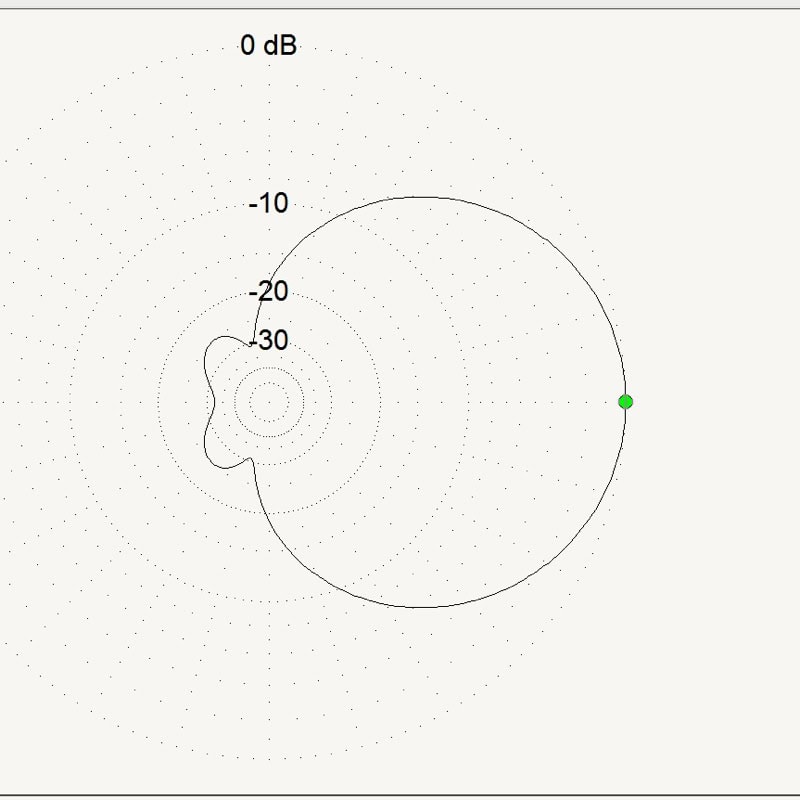
To help me in the selection process, I compared the 3-element Yagi to the 2-element Moxon. Here’s the azimuth plots at 30 feet high with a 10 degree elevation angle. You can readily see that the Moxon has a wider beamwidth along with a vastly improved front-to-back ratio. For contesting, I really like the broader beamwidth so that I can hear more stations without turning the beam. Gain, while important for DXing, seems to me to be less important for contesting.
The exact numbers were as follows: Yagi, beamwidth 55 degrees, gain 15 dBi; Moxon, beamwidth 78 degrees, gain 11.5 dBi.
So, all of that along with the promise of easy setup and storage sold me on this antenna.
Antenna Setup
When new hardware arrives at my ham shack, it is a great day! I’ve snapped a few photos of the packaging, the unpacking, the assembly, and the operation at the top of my pushup mast.
I am very impressed with the ingenious engineering and construction of this antenna. The parts are all top quality and well constructed and machined. I particularly like the choice of materials for strength, proper insulation, or in the case of aluminum parts, the conductivity. It all fits so nicely together and the simple construction quietly demonstrates all the thought that went into this antenna. It is truly ingenious and, as a result, elegant.
I will also note that the assembly instructions match the thought put into the antenna. They are short and simple, but there is clear thought placed on all the key steps to help you catch the potential error before you make it. Very well done.
I know I’m going to have a blast with this antenna. My next step will be to acquire a rotator, cable, and controller. Since this antenna is so light, it won’t take much. As always, my ham radio adventures continue.
Update from 17-July-2016
Followers of this blog will note that I replaced the Stressed Moxon with the Innovantennas 3-element Yagi in April 2015.
Then in July 2016, I replaced the Cheap Yagis and the 3-element LFA. I put up Diamond antennas for working satellites and returned the Stressed Moxon to the pushup mast. Works great and actually fits better in my side yard with minimal windload.
BTW – the SM-50 comes with a bracket for 1.5″ masts. Par Electronics will also make custom brackets for whatever size mast you have in place. For me, it’s a 1.625″ fence post. They made the perfect size. I highly recommend their products and service.
Learn about all the six meter antennas I’ve used at Six Meter Antennas – I’ve Tried a Few.

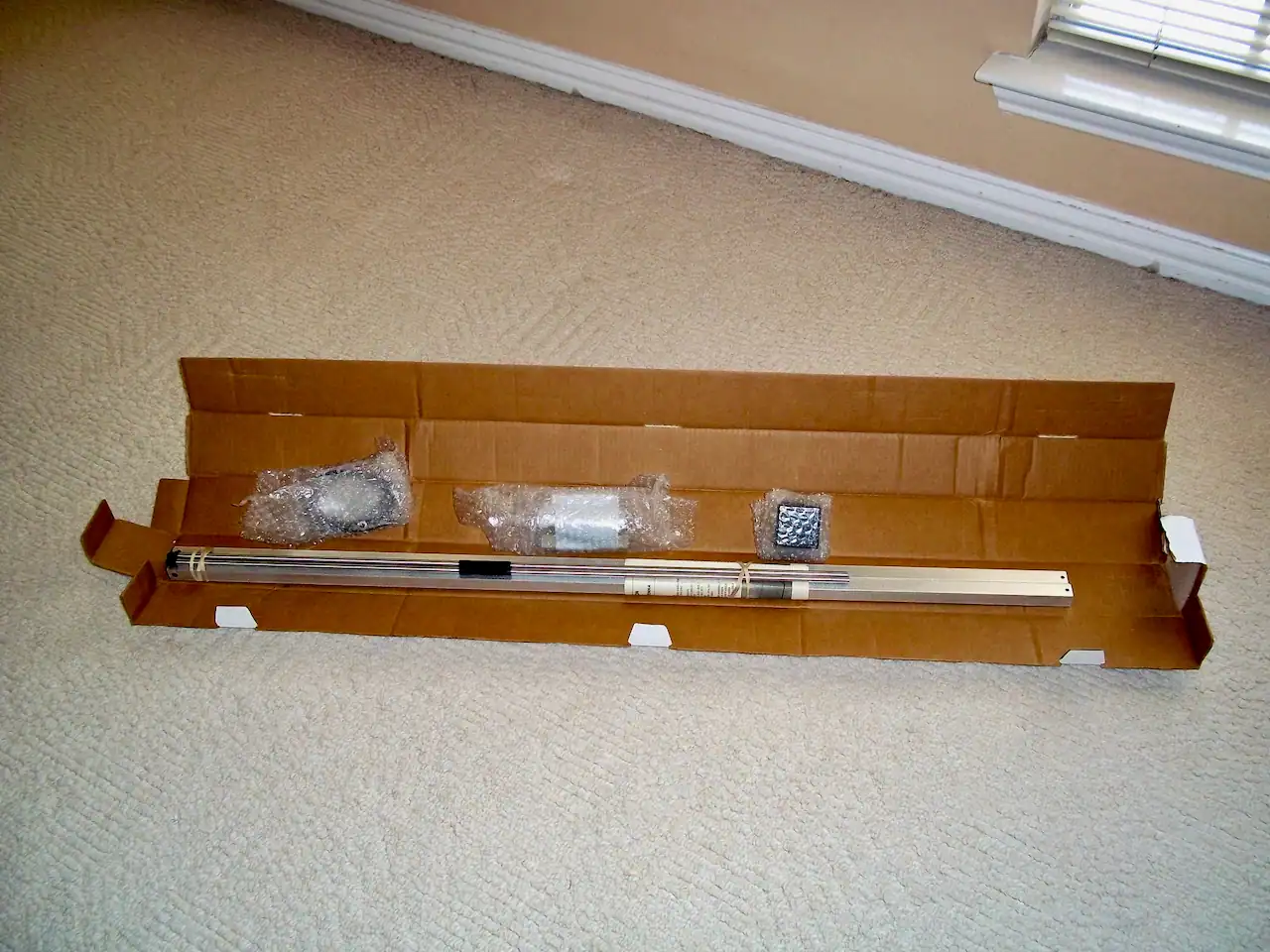
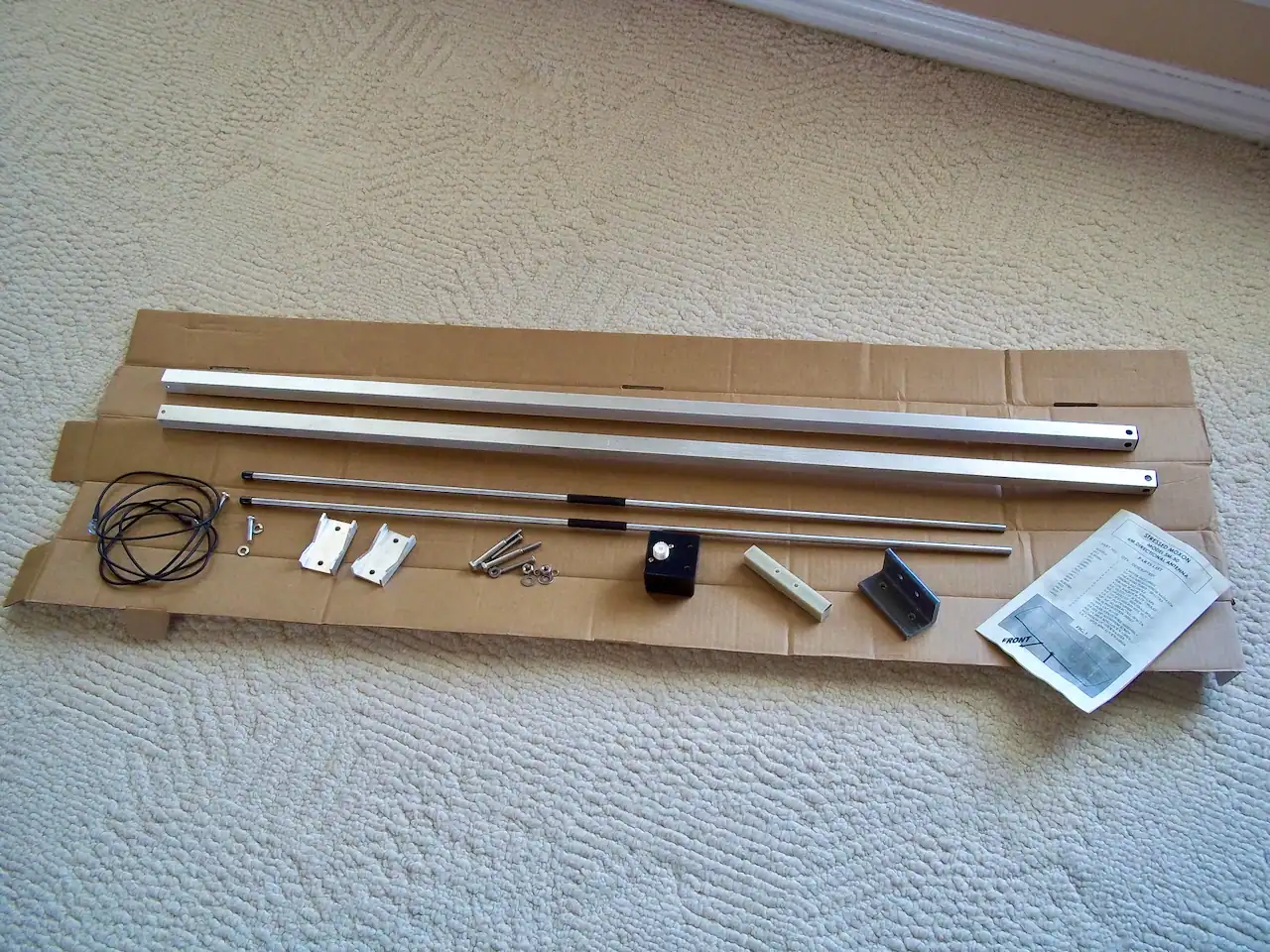

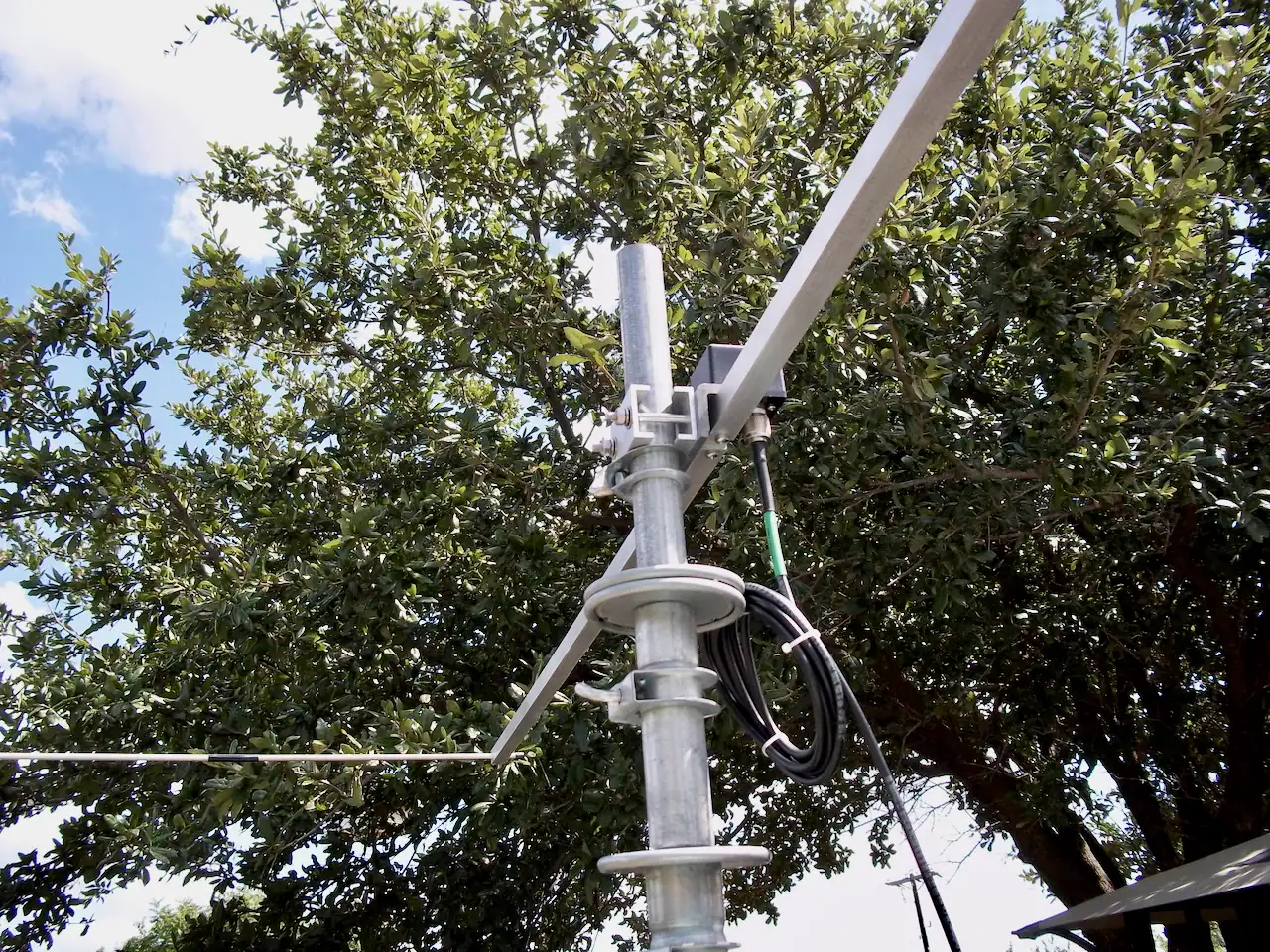
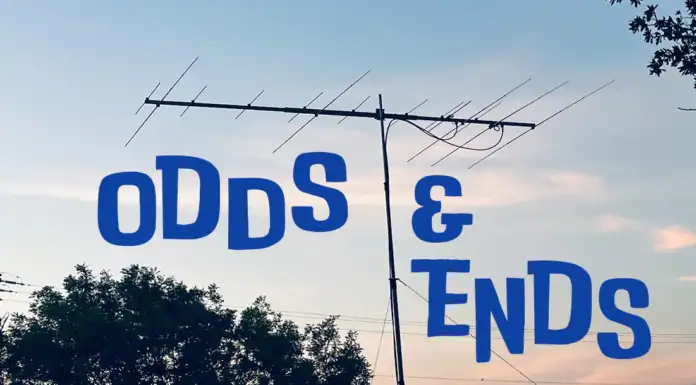





[…] note my previous posts on VHF and then on the stressed moxon. I’d also been using a 15 meter moxon for contests. For that antenna and contesting, I could […]
[…] my station together and test out the WSJT FSK441 mode. You’ll recall that I’ve put up a Stressed Moxon on a pushup mast with Yaesu G-45oA rotator. Those were big keys to providing some gain and […]
[…] been working on building my six meter station. You’ve probably seen my posts on adding a Par Electronics Moxon and the Yaesu G-450A rotator. This round has been adding the Elecraft PR6 […]
[…] Stressed Moxon: Ingeniously Elegant — this is an overview of the Par Electronics Stressed Moxon for 6 meters. It continues to work great and takes up limited space. […]
[…] roof top rotator mount holds Directive Systems Rover Yagis for 144, 222, and 432. For six I use a Par Electronics Stressed Moxon. They all worked great with no encounters with trees during the contest this time. Although there […]
[…] Par Electronics Stressed Moxon brings this compact design to six meters. It works great with good gain, sound front-to-back […]